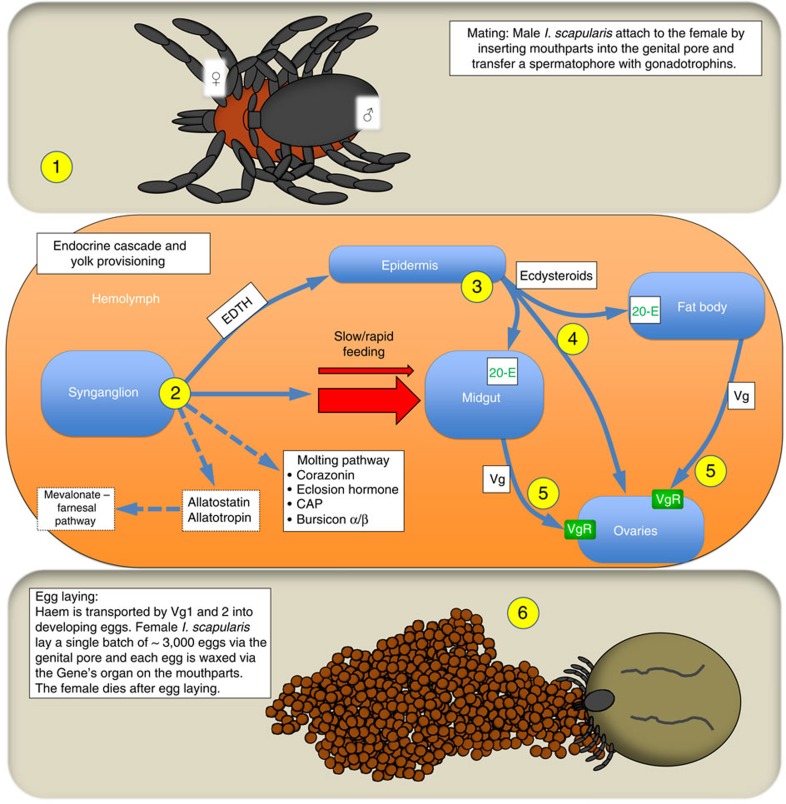Figure 4. Model of neuroendocrine processes controlling mating and egg production in Ixodes scapularis.
(1) Mating takes place off or on the host (before or during blood feeding), but is required for rapid blood feeding. The male attaches to the genital pore of the female via its mouthparts (evidence suggests the potential involvement of female specific cuticular lipids and a non-volatile mounting pheromone in I. scapularis), then transfers sperm and gonadotropins (unidentified at present), among other seminal components, including the spermatophore, (2) Gonadotropins initiate the synganglion to release EDTH, stimulate rapid engorgement, initiate synthesis of neuropeptides which in insects regulate moulting and synthesis of new cuticle (tick functions unknown), and release of allatostatins and allatotropins (which may stimulate or inhibit the mevalonate-farnesal pathway), (3) EDTH initiates production of ecdysteroids by the epidermis, (4) High ecdysteroid titres activate transcription factors for VgR in the ovaries, are stored in developing eggs and, as 20-E, activates transcription factors for Vg in the fat body and specialized cells of the midgut, (5) Vg is taken up via VgR-receptor mediated endocytosis by developing oocytes and incorporated into the yolk as vitellin, and (6) The female produces a single batch of ∼3,000 mature eggs from the genital pore that are passed forward to the mouthparts for coating with wax released from the Gene's organ. Biochemical and genomic evidence suggests that I. scapularis do not make JH III although the genes for the preceding mevalonate and parts of the farnesal pathway were identified. Dashed lines indicate proposed pathways and factors. 20-E, 20-hydroxyecdysone; CAP, cardioactive peptide; EDTH, hypothesized epidermal trophic hormone; Vg, vitellogenin (yolk protein in haemolymph before egg uptake); VgR, vitellogenin receptor.

